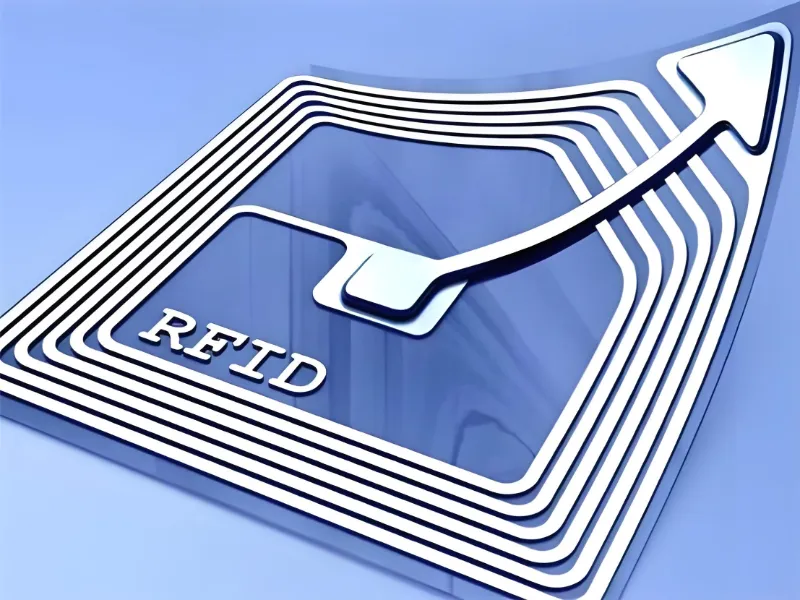- Hackers can intercept the radio signals between RFID tags and readers to capture sensitive information.
- Hacked RFID systems can lead to unauthorised access to personal information, affecting individuals’ privacy.
Radio-frequency identification (RFID) technology has become an integral part of many industries, offering streamlined tracking, access control, and efficient data management. However, like any technology, RFID systems are not immune to security threats. This blog delves into the key uses of RFID, the potential for hacking, and strategies for prevention and response.
Key uses of RFID technology
RFID is a technology that uses electromagnetic fields to automatically identify and track tags attached to objects. These tags contain electronically stored information that can be read from a distance using an RFID reader or scanner. Here are its key uses.
1. Inventory management: RFID is widely used in supply chains and retail to track and manage inventory efficiently.
2. Access control: Many facilities use RFID for secure access control, allowing authorised personnel to enter restricted areas using RFID-enabled badges or cards.
3. Contactless payments: RFID facilitates quick and secure transactions by enabling contactless payment methods, such as those used in credit and debit cards.
4. Healthcare: RFID is employed in hospitals to track medical equipment, manage patient records, and ensure the correct administration of medications.
5. Transportation: RFID technology supports toll collection systems and automated vehicle identification for smoother traffic management.
Also read: 5 cybersecurity solutions for IoT physical devices
Can RFID be hacked
RFID systems can be hacked, and there are several ways this can occur.
Hackers can intercept the radio signals between RFID tags and readers to capture sensitive information, such as the tag’s unique identifier (UID) or data. By capturing the information from a legitimate RFID tag, attackers can create a duplicate tag that mimics the original. This can be used to bypass security or perform unauthorised transactions.
Attackers can generate fraudulent signals to deceive RFID readers into accepting fake data as legitimate, potentially gaining unauthorised access or making fraudulent payments. Although not a direct form of hacking, jamming involves disrupting the RFID communication signals, which can prevent the legitimate operation of RFID systems and create opportunities for further attacks.
In replay attacks, recorded RFID communications are replayed to deceive the system into accepting them as valid.
Also read: Weaving a Seamless Web: A secure end-to-end IoT solution
What happens after RFID hacking
The consequences of RFID hacking can be severe, depending on the application and the extent of the breach.
Unauthorised access to secure areas can compromise physical security and lead to theft or sabotage. Cloning or spoofing can result in fraudulent transactions, leading to financial losses for individuals or organisations.
Hacked RFID systems can lead to unauthorised access to personal information, affecting individuals’ privacy and potentially leading to identity theft. Jamming or interference can disrupt business operations, causing delays and inefficiencies in processes reliant on RFID technology.
How to prevent and respond to RFID hacking
1. Use strong encryption: Employ robust encryption methods to protect the data transmitted between RFID tags and readers. Encryption helps ensure that even if data is intercepted, it remains unreadable to unauthorised parties.
2. Implement secure authentication: Use advanced authentication mechanisms, such as challenge-response protocols, to verify the legitimacy of RFID tags and prevent unauthorised access.
3. Regular security audits: Conduct regular security assessments and penetration testing to identify and address vulnerabilities in your RFID systems.
4. Physical security measures: Secure RFID readers and tags physically to prevent tampering or unauthorised access. Consider using tamper-evident tags and protective enclosures.
5. Monitor and respond: Implement monitoring systems to detect unusual activity or potential breaches. Have an incident response plan in place to address and mitigate the impact of any security breaches.

